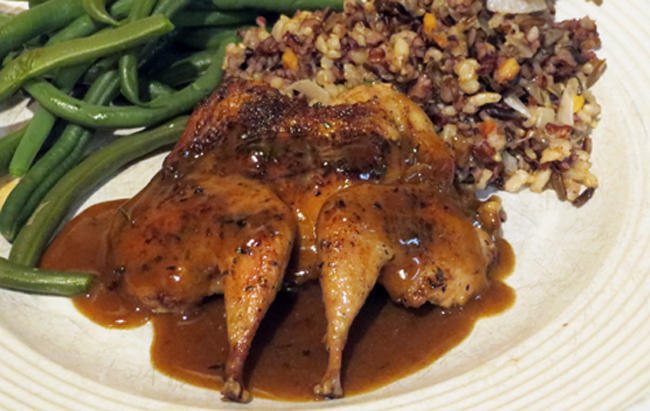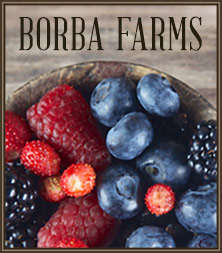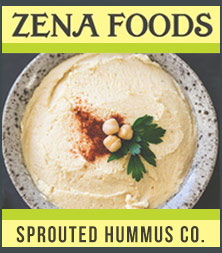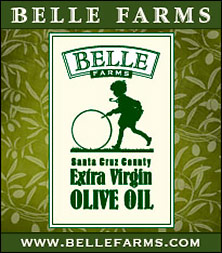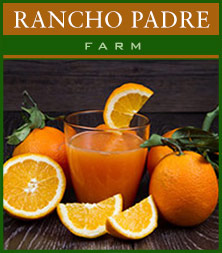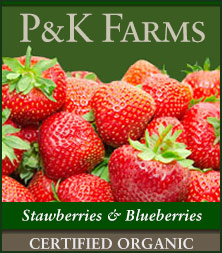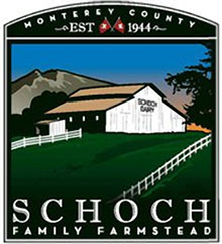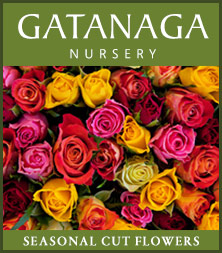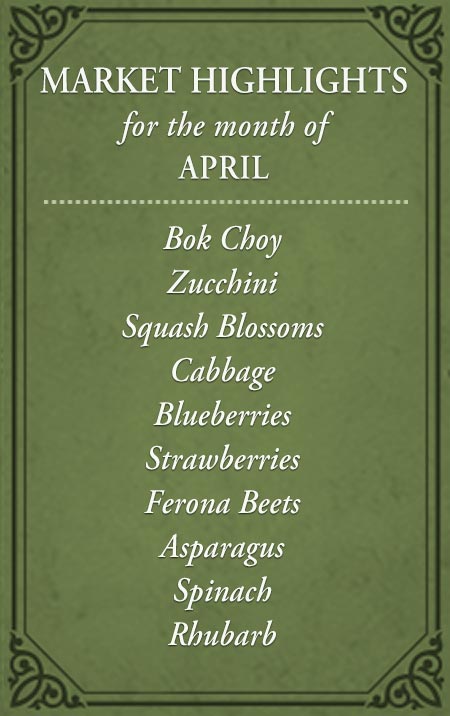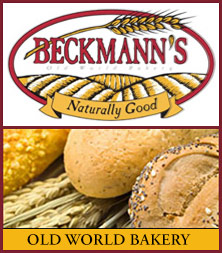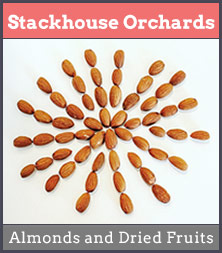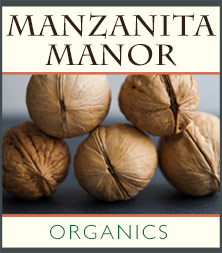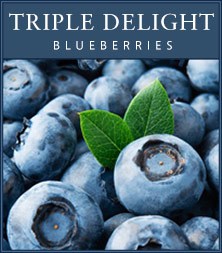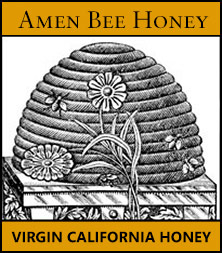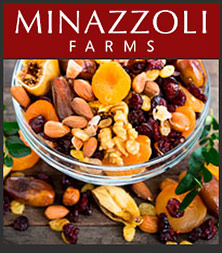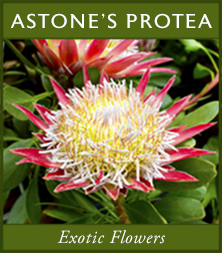This elegant dish showcases quail prepared using the spatchcock technique—removing the spine and flattening the bird for even cooking and crisp, golden skin. The trimmings are not wasted; they’re used to build a deeply flavored porcini sauce enriched with shallots, thyme, and a splash of smoky Scotch. The result is tender seared quail paired with a silky, woodsy sauce that’s both refined and comforting.
INGREDIENTS:
4 quail
1/4 cup + 2 tablespoons crushed, dried porcini
2 fresh thyme sprigs, leaves stripped and chopped
8 2-inch sprigs of rosemary, tender tips preferred, PLUS two additional 1/2-inch rosemary sprigs
1 large shallot, peeled and diced (2–3 tablespoons)
2 cups boiling water
1 cup chicken jus, dense chicken broth reduction, or chicken demi-glace
2 ounces scotch whiskey (Islay or Highland is preferred, or use cognac or brandy — nothing sweet), plus more for drizzling
Salt and pepper to taste
Grapeseed or other neutral-flavored oil, as needed
Butter, as needed
METHOD:
Prepare porcini powder
Grind 2 tablespoons dried porcini to a fine powder; reserve.
Spatchcock the quail
Using poultry shears, remove the last two joints of the wings and reserve.
Cut along both sides of the spine to remove it; cut into thirds and reserve with wing tips.
Trim excess fat. Place quail breast-side down and press firmly to flatten. Remove sharp wishbone fragments if exposed.
Marinate
Arrange quail skin-side down in a dish. Drizzle lightly with Scotch, season with salt, pepper, porcini powder, and thyme. Place rosemary sprigs inside cavity.
Turn over, season again, dust with porcini powder, drizzle with Scotch, and top with rosemary sprigs. Cover and marinate 2 hours to overnight.
Make the porcini stock
Soak remaining porcini in 2 cups boiling water for 2–3 hours. Strain through a fine mesh sieve, squeezing mushrooms to extract liquid. Reserve liquid; set aside mushrooms.
Make the sauce
In a saucepan over medium-high heat, warm a little oil. Add reserved quail trimmings; brown well.
Add butter, then drained porcini mushrooms. Cook until fragrant. Stir in shallots and rosemary tips; sauté until softened.
Deglaze with half the Scotch. Ignite carefully, stirring until flames subside. Repeat with remaining Scotch.
Add reserved porcini liquid; reduce by half. Stir in chicken jus/demi-glace; simmer until reduced by half. Strain into a clean saucepan, pressing solids to extract flavor. Keep at low simmer until reduced to ~1½ cups.
Cook the quail
Heat oven to 400°F. Bring quail to room temperature, removing rosemary sprigs and blotting dry.
Heat a large skillet (or two) over medium-high. Add oil and butter until foaming. Sear quail skin-side down until golden and crisp, 5–6 minutes. Flip and cook 2 minutes.
Transfer quail to a preheated foil-lined pan in the oven. Roast 4 minutes skin-side up. Remove, tilt pan slightly so quail rest above juices, and let rest 4–5 minutes.
Finish sauce & serve
Deglaze the searing pan with the reduced sauce, scraping up browned bits. Add any resting juices from the quail. Simmer until thick enough to coat a spoon.
Plate quail and sides, spoon sauce over the top, and serve hot.
YIELD: 4 servings
Chef’s Notes:
- Quail cooks quickly—test doneness by pressing the breast: firm with spring means done; overly firm is overcooked.
- Practice once or twice before serving to guests for best results.
- Spatchcocking ensures even cooking and crisp skin.
*The word “spatchcock” is of Irish origin from the later 1700s. The French term for this technique is crapaudine which refers to the shape of a frog (crapaud meaning frog).
Recipe and photo courtesy of Chef Andrew Cohen.


